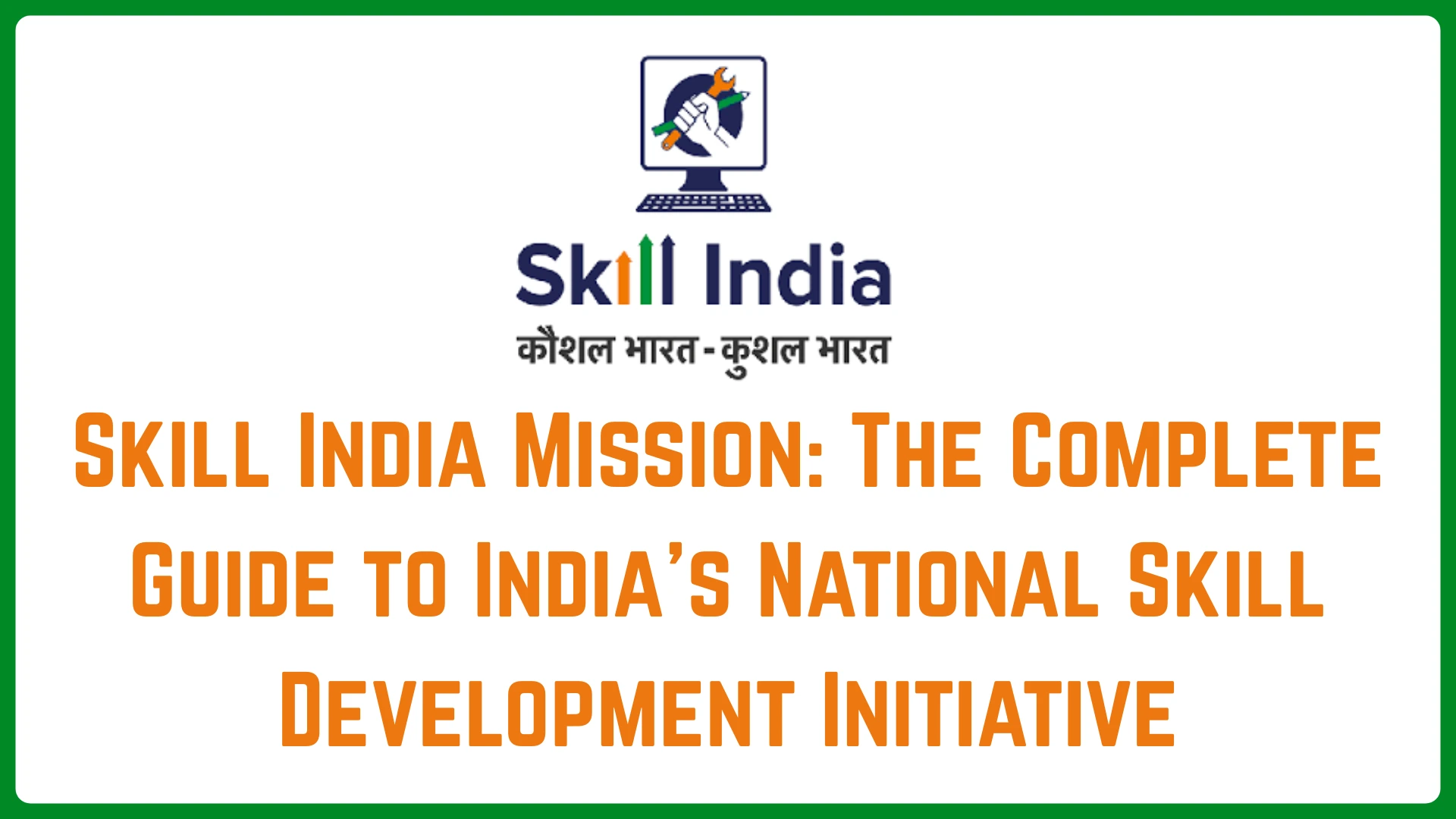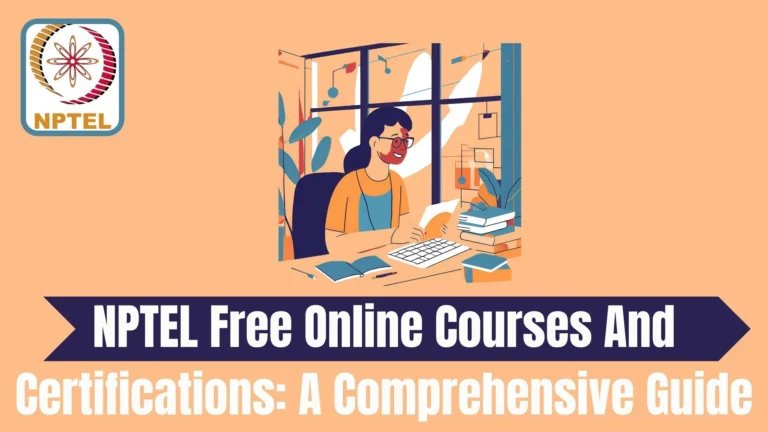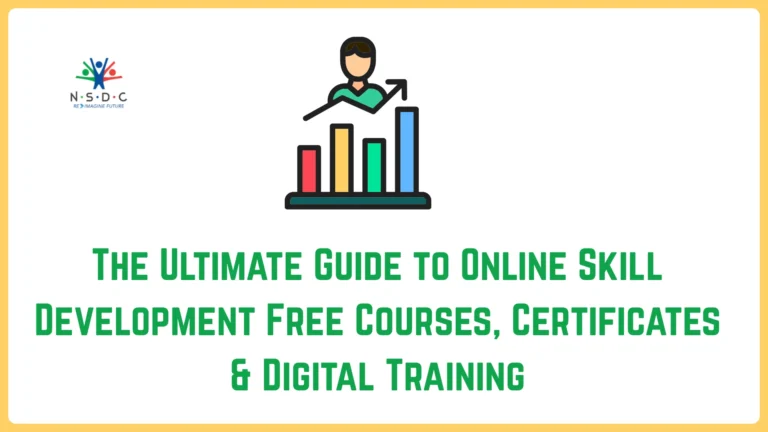Skill India Mission: The Complete Guide to India’s National Skill Development Initiative
Introduction: Empowering a Nation Through Skills
The Skill India Mission, officially launched on July 15, 2015, by Prime Minister Narendra Modi, is one of the most ambitious and transformative government initiatives in India’s history. It is a comprehensive umbrella program designed to empower the country’s youth with industry-relevant skills and knowledge, making them more employable and productive. This national movement, often captured by the powerful Skill India slogan of “Kaushal Bharat, Kushal Bharat” (Skilled India, Successful India), aims to create an ecosystem that bridges the gap between the demand and supply of skilled manpower in various sectors.
This pillar page serves as the ultimate guide to understanding every facet of the Skill India Mission. From its core objectives and key initiatives like PMKVY to practical information on Skill India certificate download, checking West Bengal ITI result, and using the Bharat Skill app, we cover it all. Whether you are a student, a job seeker, a trainer, or a UPSC aspirant, this resource will provide you with in-depth knowledge about this pivotal national project.
1. Skill India Mission: An Overview
1.1. Skill India Meaning, Launch Date, and Vision
The Skill India Mission is not a single scheme but a coordinated skill india project comprising multiple government schemes and programs aimed at providing vocational training to millions of Indians.
- Skill India Meaning: The term signifies a national campaign focused on creating a robust ecosystem for skill development by consolidating and coordinating the efforts of various ministries, departments, and private sector players.
- Skill India Mission Launch Date: The mission was officially launched on July 15, 2015.
- Vision: The overarching vision is to create a skilled workforce of over 40 crore people by 2022, enabling them to secure a livelihood and contribute to India’s economic growth.
1.2. Primary Objectives of Skill India
The objectives of Skill India are multi-faceted and designed to address the entire skilling lifecycle:
- To Provide Vocational Training: To offer skill development training to youth across urban and rural India.
- To Increase Employability: To enhance the employability of youth by providing them with industry-relevant skills.
- To Standardize Certification: To establish a common framework for skill development through the National Skill Qualification Framework (NSQF).
- To Promote Entrepreneurship: To encourage entrepreneurship by providing training and support for starting new businesses.
- To Leverage Modern Technology: To utilize technology to facilitate a scalable and accessible skilling ecosystem.
2. The Architectural Framework of the Mission
2.1. Key Governing Bodies: MSDE, NSDC, and DGT
The mission is implemented through a structured institutional framework:
- Ministry of Skill Development and Entrepreneurship (MSDE): The apex body responsible for coordinating all skill development efforts across the country. It provides the overall policy direction and leadership for the Skill India initiative.
- National Skill Development Corporation (NSDC): A public-private partnership (PPP) that acts as the implementation arm of the MSDE. It funds and promotes skill development initiatives through its training partners.
- Directorate General of Training (DGT): Under the Ministry of Education, the DGT governs the network of Industrial Training Institutes (ITIs), which are the backbone of long-term vocational training in India.
2.2. Major Schemes Under the Skill India Initiative
The mission encompasses several flagship schemes:
- Pradhan Mantri Kaushal Vikas Yojana (PMKVY): The flagship scheme for providing free, short-term skill training with a focus on placement.
- National Apprenticeship Promotion Scheme (NAPS): Promotes apprenticeship training in the industry.
- Industrial Training Institutes (ITIs): Provides long-term training in various trades.
- Pradhan Mantri Kaushal Kendras (PMKK): Model training centres with state-of-the-art infrastructure.
3. For the Citizen: Accessing Services and Benefits
3.1. How to Download and Verify a Skill India Certificate
Upon completing a government-recognized course, you receive an NSQF-aligned certificate. Here’s how to access it:
- Skill India Certificate Download:
- For PMKVY courses, visit the Skill India or PMKVY portal, log in with your credentials, and navigate to the certificate section.
- For ITI courses (NTC), visit the NCVT MIS portal (ncvtmis.gov.in), enter your roll number, and download your certificate.
- This process is often referred to as eSkill or digital certification.
- Skill India Certificate Verification / NSDC Certificate Verification:
- Every genuine certificate has a unique QR code or certificate number.
- Use the verification tool on the official NSDC or Skill India portal to check its authenticity by entering this number.
3.2. The Bharat Skills Portal and Mobile App
The Bharat Skills portal (bharatskills.gov.in) and the Bharat Skill app are integrated platforms for ITI students and trainers.
- Functionality: They provide access to course curricula, learning resources, Bharat skills result, and important notifications.
- Bharat Skill App Download: The app is available for free on the Google Play Store and Apple App Store. It is a one-stop solution for ITI students to access their academic information.
4. For the Learner: ITI Integration and Results
4.1. The Role of ITIs in Skill India
ITIs are integral to the Skill India Mission, providing long-term, high-quality training. The National Council for Vocational Training (NCVT) is the awarding body for ITIs. When checking your iti board name ncvt is the all-India body, while State Councils (SCVT) operate at the state level.
4.2. How to Check ITI Results (e.g., West Bengal ITI Result)
Checking your ITI result is a straightforward online process:
- Visit the official result portal of your respective board.
- For NCVT: Go to the NCVT MIS portal.
- For West Bengal ITI result: Go to the official website of the West Bengal State Council of Vocational Training and Training.
- Locate the “Result” section.
- Enter your required details, which usually include your iti registration number or roll number and exam year.
- Submit to view and download your result.
5. For the Educator: Trainer Login and Registration
The SDMS Skill India (Skill Development Management System) portal is the gateway for trainers and training providers.
- Skill India Trainer Registration: Aspiring trainers must apply through the portal when registrations are open, meeting the eligibility criteria set by NSDC/MSDE.
- Skill India Trainer Login: Registered trainers can log in to the SDMS portal to access their dashboard, update profiles, view assigned batches, and submit trainee details.
6. Promoting the Mission: Posters, Logo, and Slogans
Effective communication is key to the mission’s outreach.
- Skill India Logo PNG: The iconic logo, featuring a hand with a wrench and a gear, symbolizes practical skill and industry. A high-resolution Skill India logo PNG is available for download on official portals for authorized use in awareness campaigns.
- Skill India Poster: The ministry creates impactful Skill India posters to promote various schemes and Skill India drawing competitions are often held to engage youth.
- Skill India Slogan: The slogan “Kaushal Bharat, Kushal Bharat” perfectly encapsulates the mission’s goal of linking skill development with national prosperity.
7. Skill India Mission for UPSC Aspirants
The Skill India Mission is a crucial topic for governance and social justice in the UPSC syllabus. Aspirants should focus on:
- Its administrative structure (MSDE, NSDC, DGT).
- Key challenges: scalability, quality assurance, industry linkage, and placement.
- Its interplay with other policies like Make in India and Digital India.
- Critical analysis of its outcomes and performance metrics.
8. Associated Institutes and Future Outlook
The ecosystem is evolving with new institutes:
- Indian Institute of Skill (IIS): Proposed institutes of excellence for advanced skill training.
- Tata Skill Development Institute: An example of a leading private initiative that complements the government’s mission by providing high-quality training.
The future of the Skill India Mission lies in deeper industry integration, focusing on emerging sectors like AI, robotics, and renewable energy, and creating a true culture of lifelong learning.
9. Conclusion: The Path to a Kaushal Bharat
The Skill India Mission is more than a government program; it is a national imperative. By equipping millions of Indians with relevant skills, it is not just enhancing individual livelihoods but is also strengthening the foundation of the Indian economy. From a student checking their West Bengal ITI result to a professional downloading their Skill India certificate, the mission is touching lives and building a more Kushal Bharat. Its continued success is pivotal for India to realize its demographic dividend and emerge as the global skill capital.







